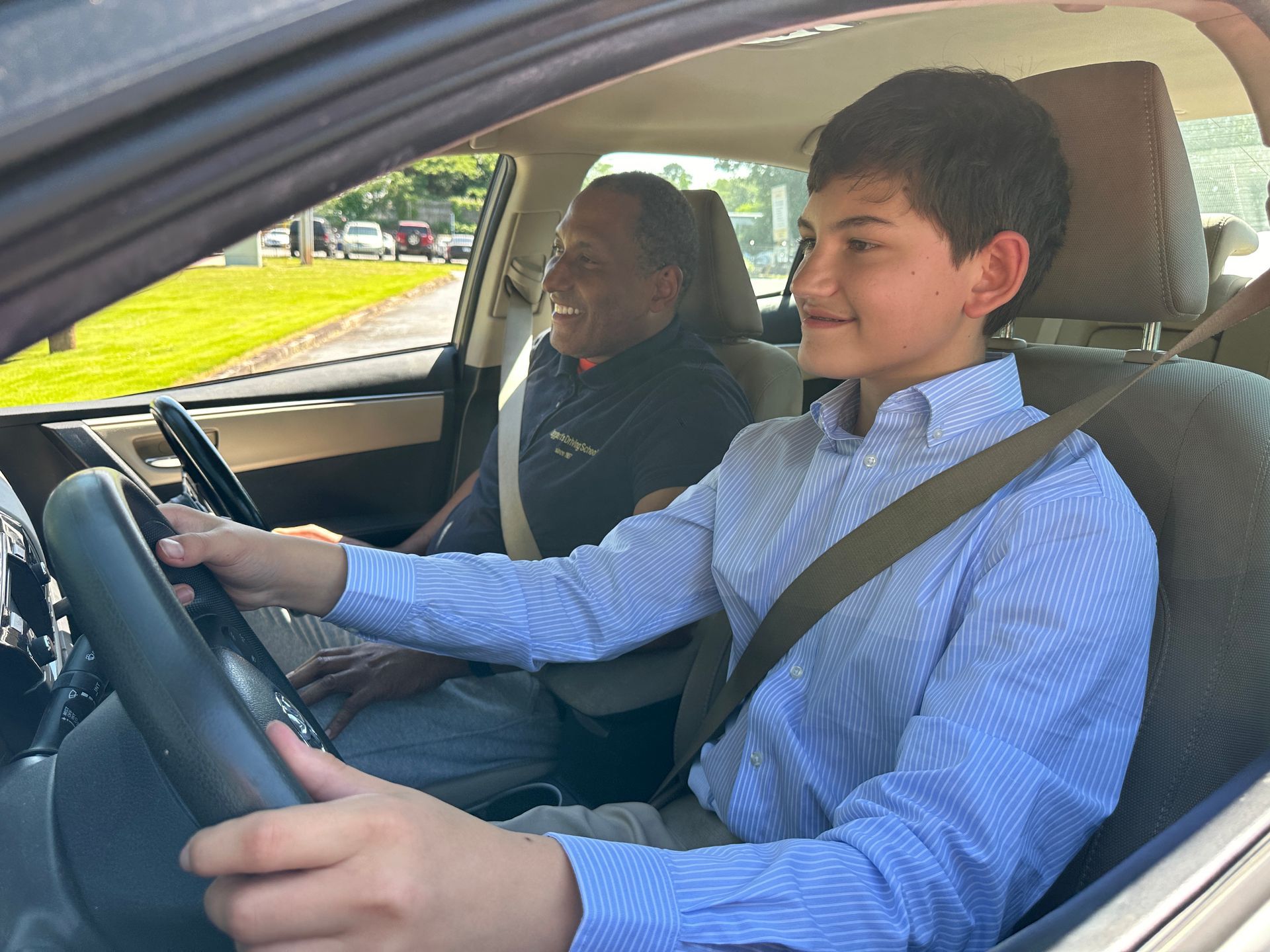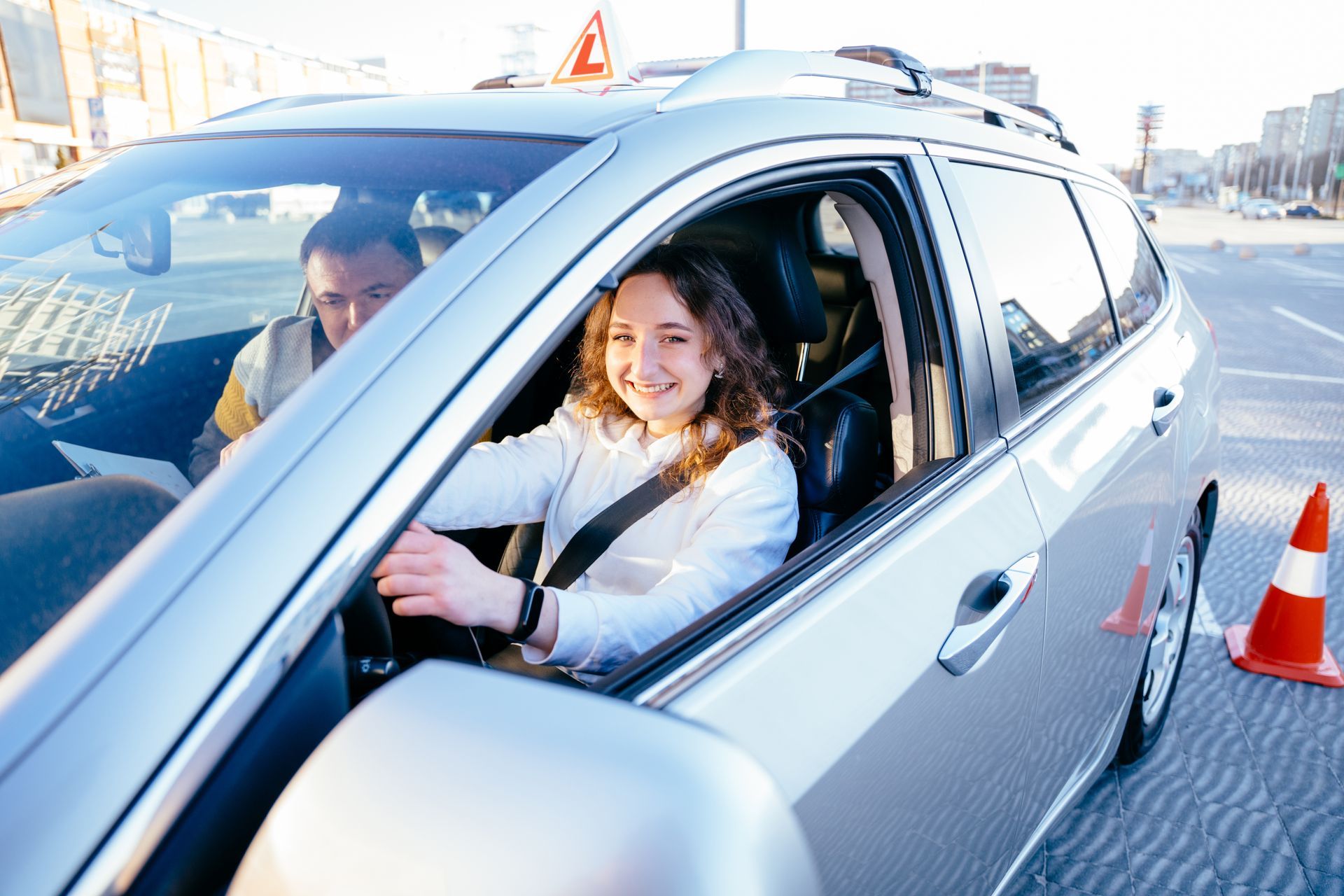People generally prefer to drive the safest car that they can. While safe driving is important for preventing an accident, you can't always control what other people do, so a safe car is a must. The newest cars have many new features that can help limit the risk of an accident even more. Check out these tips on what to look for the next time you purchase a new or used vehicle.
CHECK OUT THE INSURANCE INSTITUTE FOR HIGHWAY SAFETY LISTINGS
Each year, the IIHS releases a list of the safest cars for that model year. For the safest cars, opt for one that's on the "top safety pick" list. However, if these happen to not be suitable for your purposes, any car with a "top safety pick" designation is still a good choice. These ratings are determined by crash safety, restraint and headlight tests.
AVOID VERY SMALL OR LIGHT VEHICLES
In any crash, a very small or light vehicle is at a disadvantage. These vehicles don't offer the same protection to the passengers as a larger, heavier vehicle. This doesn't mean that you need to go out and buy an SUV or full-size pickup truck; just avoid mini and small cars and go with the more standard-sized vehicles.
CHECK FOR RECALLS
When purchasing a used vehicle, check to make sure that any recalls have been taken care of on the vehicle. You can enter the VIN on the nhtsa.gov/recalls website to verify this information. If they haven't been verified, just make sure to get them taken care of before driving the vehicle.
LOOK FOR IMPROVED VERSIONS OF BASIC SAFETY FEATURES
Everyone knows they should pick a vehicle with seatbelts, for example, but they may not be aware that some seatbelts have added safety features, such as seat belt pre-tensioners to limit slack during a sudden stop and adjustable upper belts. If you regularly travel with someone in the middle rear seat, choose a vehicle with a rear seat shoulder belt.
CHOOSE A CAR WITH ANTILOCK BRAKES
Antilock brake systems help people have better control over their steering when they have to brake suddenly and hard. Even better, get a car with brake assist, which helps increase braking force when necessary and decrease stopping distance and traction control, which helps limit slipping of the wheels.
LOOK FOR ELECTRONIC STABILITY CONTROL
This life-saving feature helps people keep control when they have to suddenly turn the wheel sharply, making it less likely you go off the road or hit the guard rail and experience a rollover. This feature makes it less likely you'll oversteer or understeer and can selectively apply the brakes to individual wheels.
CONSIDER GETTING A VEHICLE WITH NEWER ELECTRONIC SAFETY FEATURES
Although sometimes offered only on higher trim levels, things like adaptive cruise control, lane departure warnings, automatic emergency braking, rearview cameras and blind spot detection can really be helpful. These features make it less likely that distraction or not being able to see an obstacle will lead to an accident.
WATCH FOR FACIAL RECOGNITION SOFTWARE
Many accidents are caused by distracted or sleepy drivers. While it's not widely available yet, a feature called facial recognition software can constantly measure how alert you are and buzz to warn you if it looks like you might not have your full attention on the road where it belongs.
Contact
Taggart's Driving School if you're interested in taking driving classes to help keep you even safer on the road. We offer defensive driving classes and classes to help reduce your insurance fees as well as typical driver's education classes and classes to reinstate a license after a DUI conviction.











